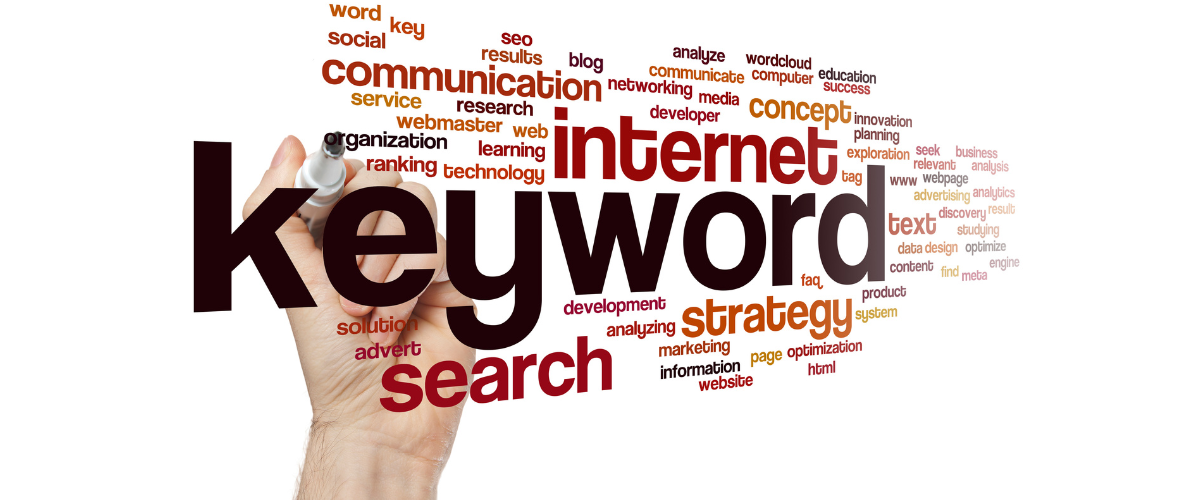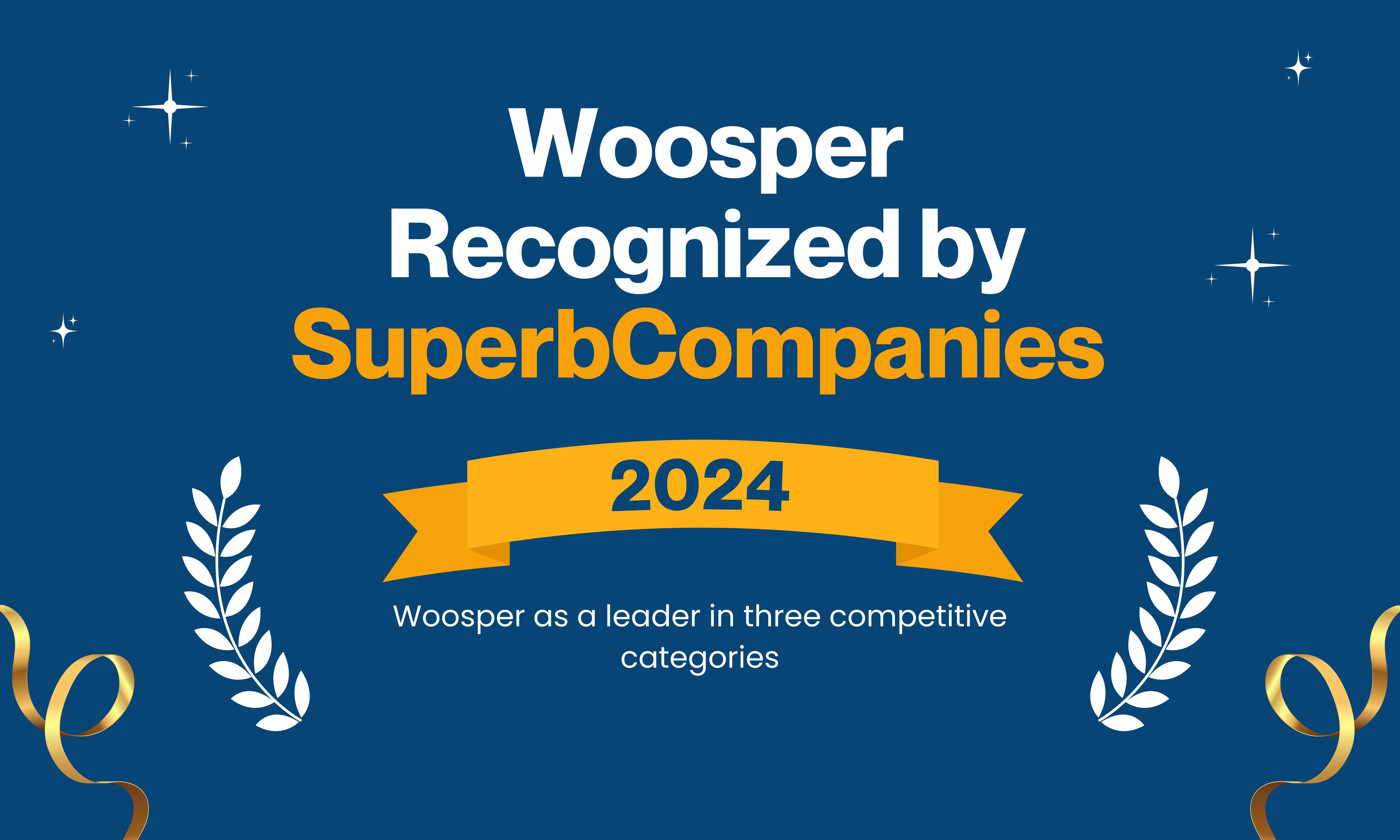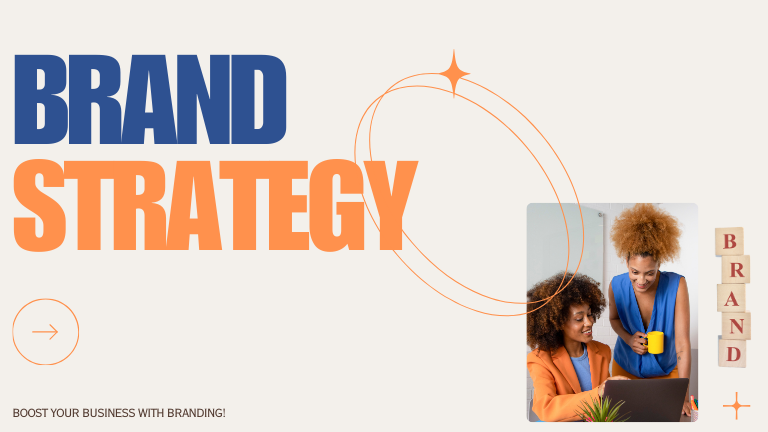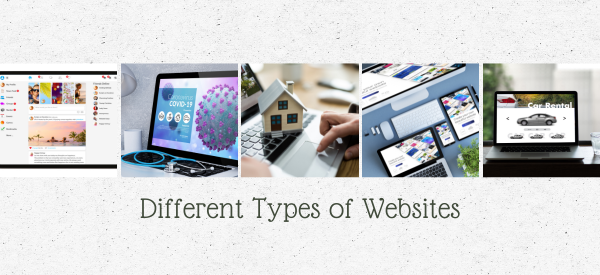Introduction
There is no denying the fact that boosting your conversion rates is critical for a prosperous business. Consequently, driving targeted traffic to your business is imperative for your success. Grabbing the attention of visitors is crucial, however converting them into loyal customers is the main goal. A higher conversion rate boosts sales while maximizing the return on your marketing investments.So, how can you optimize this conversion rate? Retargeting is the most efficient way to turn visitors into loyal customers.
In this post, you will see how retargeting strategies can significantly enhance a business’s conversion rates and its overall marketing efforts.
What is Retargeting?
Retargeting is among the most effective digital branding solutions that wholly focuses on people who have visited your website but haven’t purchased anything or completed a specific action. These ads appear to remind them of what they missed and encourage them to come back. Some may feel this is a bit annoying, but the fact is that retargeting does wonders.
 A survey shows that only 2% of visitors engage with your business on their first visit, so retargeting aims to bring back the remaining 98%. It significantly helps turn visitors into loyal customers.
A survey shows that only 2% of visitors engage with your business on their first visit, so retargeting aims to bring back the remaining 98%. It significantly helps turn visitors into loyal customers.
Why does it matter?
Using different marketing channels to bring visitors to your site is just a part of the challenge. The real test is what happens after they leave. This is where retargeting ads comes into action. It takes advantage of your initial marketing and greatly improves your return on investment. By reminding previous visitors of their interest in your products or services, retargeting turns them into paying and loyal customers.
Key Strategies for Effective Retargeting
The different types of retargeting strategies are:
Segment your audience into Groups
As every visitor or consumer is distinctive, it’s essential to categorize them as per their traits, preferences, age, and their rank in the buying journey. For illustration, visitors can be sorted based on their actions, past purchases, shopping frequency, the pages they viewed, the time spent on your website, and overall satisfaction.
You may make ads that are more relevant to the requirements and interests of each individual by using this strategy.
Set clear Goals and Metrics.
Prior to launching your retargeting campaign, decide on your goals and how you’ll gauge success. Your goals might include:
- Getting more blog subscribers.
- Generating more leads.
- Increasing sales.
- Lowering the cart abandonment rate.

Select the relevant metrics for tracking your progress, such as impressions, clicks, conversions, cost per conversion, or return on ad spend. With clear goals and metrics, the best pay per click consulting company can significantly improve its campaign and get more satisfactory outcomes.
Select the right Platforms and Tools.
You can utilize a range of platforms and tools, which includes email marketing services and advertising on Google, Facebook, Instagram, among others, to implement retargeting strategies effectively. Determine the tools and platforms that align with your requirements, budget, and the nature of your website or blog to achieve the best results.

It is an indisputable fact that the best pay per click consulting company will constantly test-drive various tools and platforms to determine which ones provide the highest ROI and performance.
Develop Compelling and Creative Ads.
Make sure your advertising attracts your audience’s attention and urge them to take action. Use clear and appealing headlines, intriguing pictures or videos, and powerful calls to action. Your branding should be attractive and consistent.

Consider using dynamic ads that automatically adjust to what your audience likes or has looked at before, featuring products they’ve checked out or special offers they may have missed. Also, try different formats, sizes, colors, and placements for your paid ads to find out which ones get the most clicks and conversions.
Optimize your Landing Pages.
Landing pages are the first-place visitors go to after clicking your ads, so it’s important they match your ad content and provide a smooth experience. Use clear headlines, valuable content, and trustworthy testimonials. Ensure forms or buttons are easy to find and use. Your design should work well on all devices and load quickly to keep visitors on your page. Make sure you have a secure connection to protect your visitors’ information.

The conversion rate optimization consultants will test different parts of your landing pages, like headlines and images, as it is crucial to see what works best to increase conversions and decrease the number of visitors who leave without taking action.
Conduct thorough Keyword Research.
The words and phrases users enter into search engines in an attempt to locate specific things are known as keywords. They set the schedule and location for your advertisements and are the cornerstone of digital marketing services.

To select an ideal keyword for your business, use tools such as Google Keyword Planner, Bing Keyword Tool, or SEMrush. You can also check the search volume, competitiveness, and pricing of these terms.
Look for possibilities by using the same keywords as your competition. To get the most out of your pay-per-click campaigns, combine general, targeted, and more descriptive keywords.
There is no denying that PPC advertising isn’t something you can just set up and forget. It needs your attention to get the best results and maximize your investment. The best adwords agency uses tools like Google Analytics or Facebook Pixel in order to keep track of your business’s performance and essential metrics.
Look at your data often to determine what’s working and what needs improvement. Adjust your strategies as needed. This could mean adding or stopping specific keywords, changing your bids, or refining who you’re targeting. Never overlook trying new ideas and seeing how they align to your current strategies. By regularly keeping track of your retargeting strategies, you can make them more efficient and effective over time.
Benefits of implementing Retargeting strategies:
Here are some benefits of implementing retargeting strategies:
Increased Brand Awareness and Recognition
Retargeting is a powerful tool that keeps your brand fresh in people’s minds. When someone visits your website but leaves without making a purchase, retargeting ads can serve as a gentle reminder of what you offer.

This can significantly increase the chances of them returning to consider buying later on.
Enhancing Customer Engagement & Personalization
By analyzing customers’ past interactions, you can create ads that truly resonate with their interests. Retargeting ads add a personal touch to customer interactions, making clients feel valued and appreciated, which in turn boosts engagement.

For instance, if a customer buys a specific item from your online store, you can follow up with ads showcasing similar products or even offer special discounts tailored to them.
Greater Conversion Rates and Sales
It is apparent that retargeting boosts conversions and income. Concentrating on potential consumers who already enjoy your products or services will significantly enhance your chances of converting them into paying clients.

Improved Recurring Sales and Client Loyalty
Effectively communicating with your existing customers is vital. Retargeting advertising helps you build repeat business and consumer loyalty. By continuously providing targeted adverts to these clients, you may remind them of why they picked your business in the first place. For example, following a purchase, you may highlight related goods or provide unique loyalty discounts to motivate clients to return and remain loyal to your company.

Cost-Effective Marketing Strategy
Retargeting is a more economical advertising strategy compared to traditional methods. Since you target customers who have shown prior interest, your advertising budget is likely to bring better results. Additionally, retargeting strategies allow for better budget management by focusing on valuable clients or specific demographics, resulting in more efficient marketing efforts. This effectiveness comes from three key factors:
- Targeting Interested Customers: Retargeting is more efficient with your advertising budget since it concentrates on customers who have already shown interest in your items than it is in trying to reach a larger audience.
- Better Conversion Rates: Since the audience is already familiar with your brand, retargeting ads helps you achieve greater conversion rates.
- Budget Management: By focusing on high-value customers or audience segments, retargeting ensures your marketing efforts are fruitful and reduces unnecessary ad spending. This helps you allocate your money more wisely.
- Personalization Opportunities: By generating tailored ads according to user behavior, retargeting helps to improve engagement and increase conversion rates.
Retargeting is a crucial tool for maximizing your advertising budget and enhancing the effectiveness of your marketing campaigns because of these variables combined.
Final Thoughts
Retargeting assist organizations foster consumer loyalty. By remaining at the top of your clients’ minds, you may boost conversion rates and increase brand recognition and awareness. Retargeting strategies allow businesses to communicate with their target audience, which is critical for building long-term relationships with them and enhancing the overall effectiveness of their marketing operations.
Undoubtedly, the main benefit of retargeting is its ability to improve your marketing approach, raise income, and drive customer interaction. It’s about creating enduring relationships that support consumer happiness and loyalty, not merely reminding them of your brand. Businesses may unlock the door to a more prosperous future where prospective clients become repeat customers by investing in retargeting.
FAQ
Retargeting is a powerful tool in this scenario, as it enables businesses to convert what might seem like lost opportunities into actual sales. By strategically reaching out to the right audience with the appropriate messages, you can effectively remind potential customers of their interest in your products or services. This method allows businesses to reclaim past visitors who might otherwise drift away, ensuring that your marketing efforts yield the best possible results. By adhering to the below-mentioned tips, you can significantly transform non-customers into loyal customers:
- Seize Opportunities: Have a clear idea of the power of timing in customer conversion.
- Tailor Your Approach: It is advisable to align Strategies with customer personas.
- Data-Driven Decisions: Always utilize insights to enhance your conversion efforts
A retargeting strategy involves serving customized advertisements to users who have previously interacted with your website or brand but have yet to convert into customers. This approach leverages social media platforms to reconnect with these potential customers by displaying relevant ads, thereby reminding them of their interest and encouraging them to return. Retargeting aims to increase the likelihood of conversion and drive sales by targeting individuals who are already familiar with your offerings.
Retargeting is a marketing process that creates strategic touchpoints in order to remind potential customers of products and services they showed interest in after leaving your website. Here's how it typically works:
- User Interaction: When a visitor browses your website, their actions are tracked using cookies, which collect data on the pages viewed and products considered.
- Audience Segmentation: Based on this data, you can segment your audience into different groups, such as those who abandoned shopping carts, viewed specific products, or spent a certain amount of time on your site.
- Ad Creation: Relevant ads are then created and tailored to reflect the interests of each segmented audience.
- Ad Placement: These ads are displayed across various platforms and websites as users continue to browse the internet, reminding them of their previous interests.
- Enhanced Tracking and Optimization: Performance analytics are monitored throughout the campaign, allowing for adjustments in strategy to improve ad effectiveness and increase the likelihood of conversion.
By maintaining visibility and staying top-of-mind, retargeting aims to encourage prospects to return and complete their purchases.
Retargeting has proven to be an effective marketing strategy, as evidenced by notable statistics. For instance, website visitors who encounter retargeted ads are 70% more likely to convert on a retailer's website. This significant increase in conversion rates demonstrates the effectiveness of reminding potential customers of their previous interactions with a brand.
Additionally, while the costs of retargeting ads, such as those on Google, can vary by industry, they typically yield higher returns on investment than standard display ads. This enhanced performance underscores the value of retargeting to convert interested visitors into paying customers. Overall, retargeting is a powerful tool in digital marketing that can significantly boost conversion rates and drive sales.









 A survey shows that only 2% of visitors engage with your business on their first visit, so retargeting aims to bring back the remaining 98%. It significantly helps turn visitors into loyal customers.
A survey shows that only 2% of visitors engage with your business on their first visit, so retargeting aims to bring back the remaining 98%. It significantly helps turn visitors into loyal customers.



















